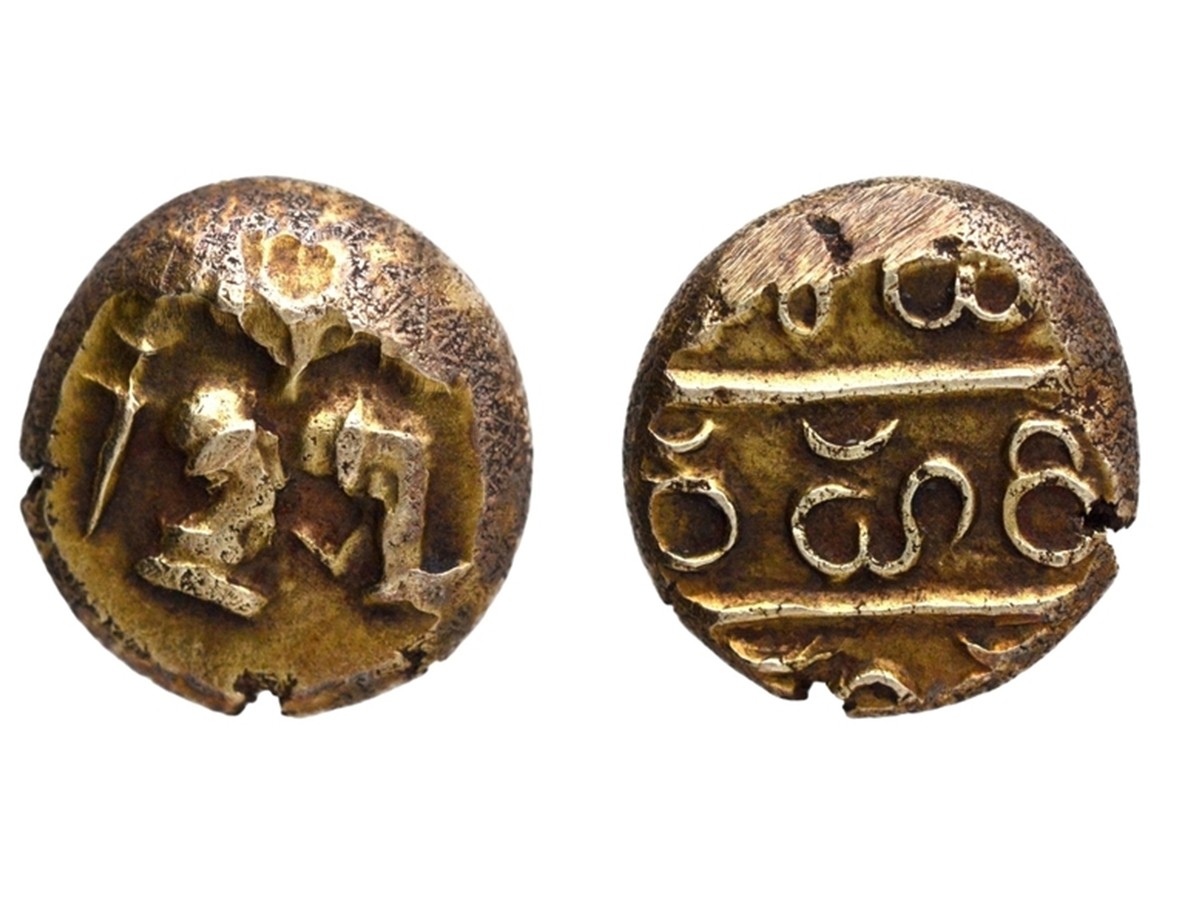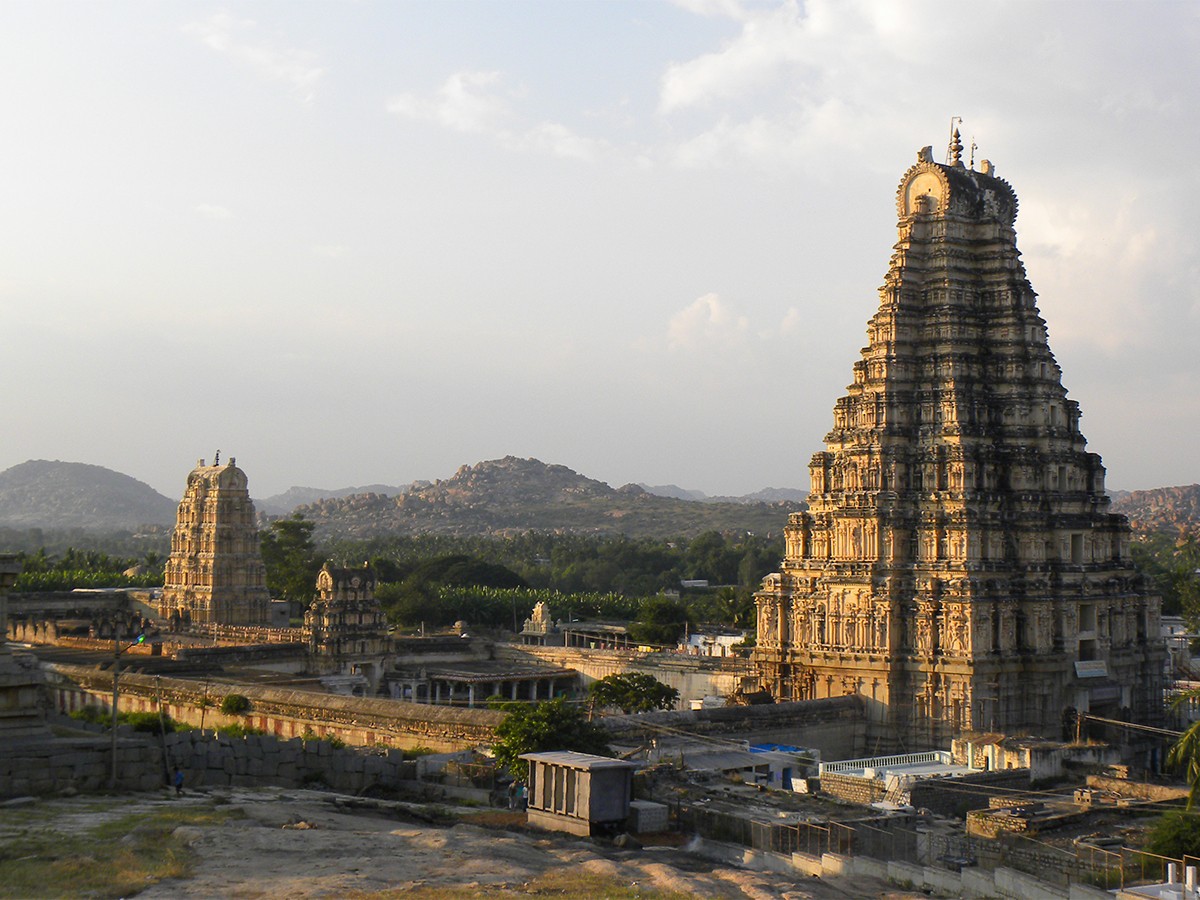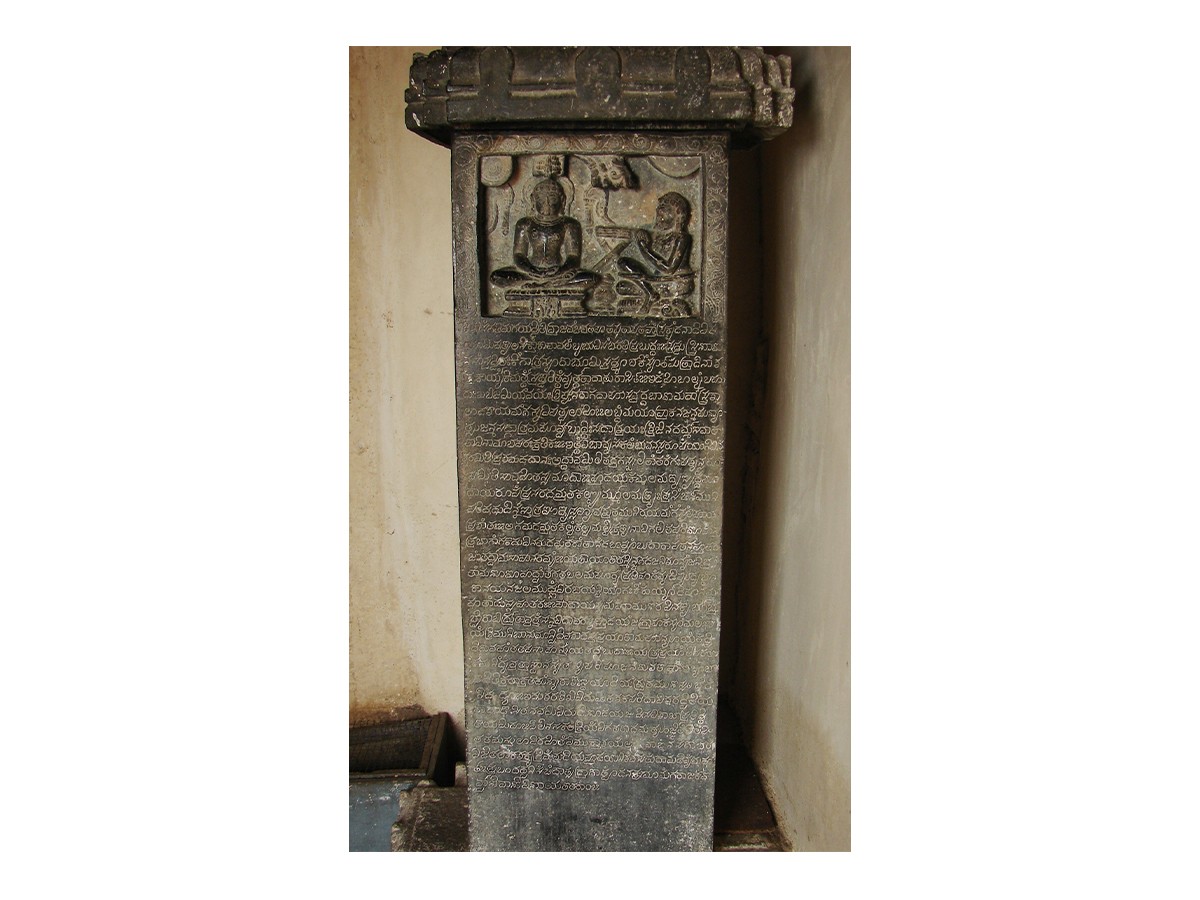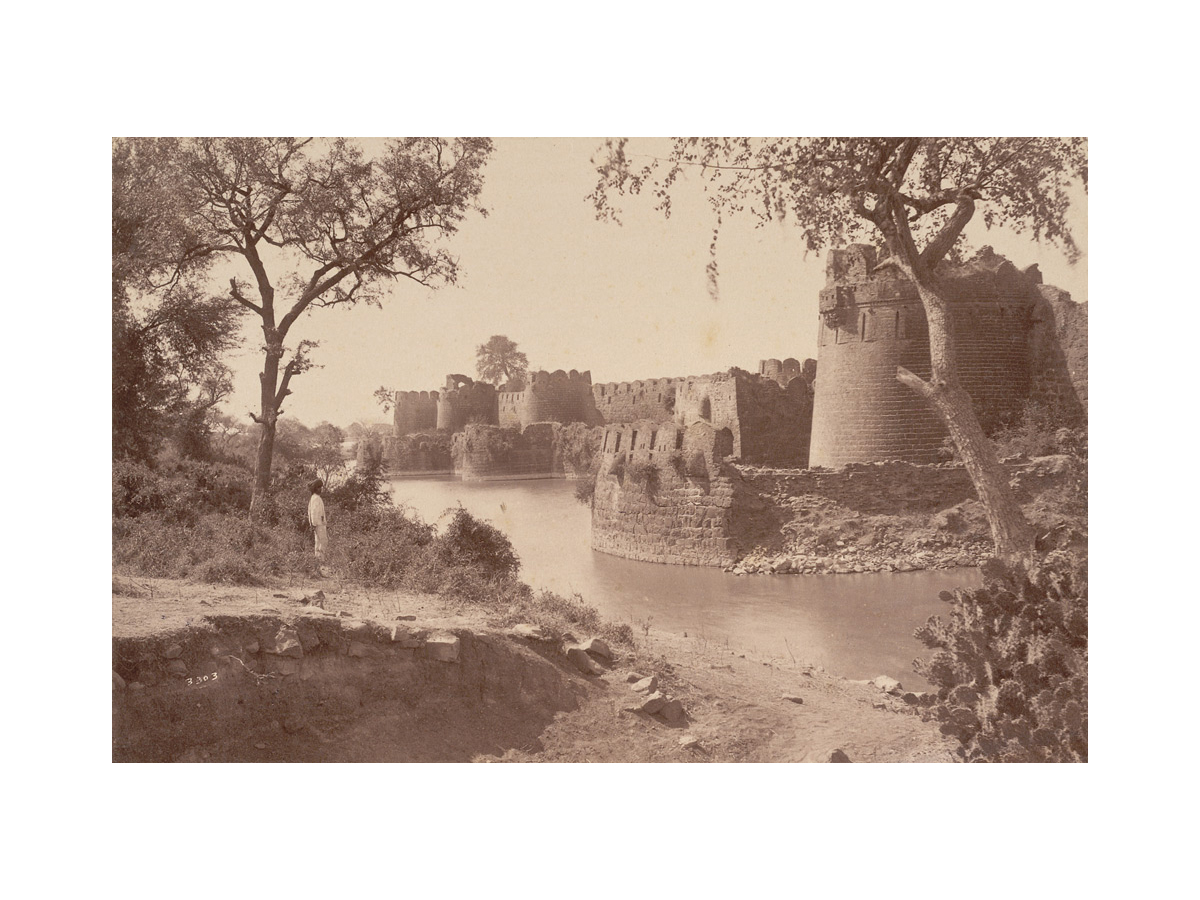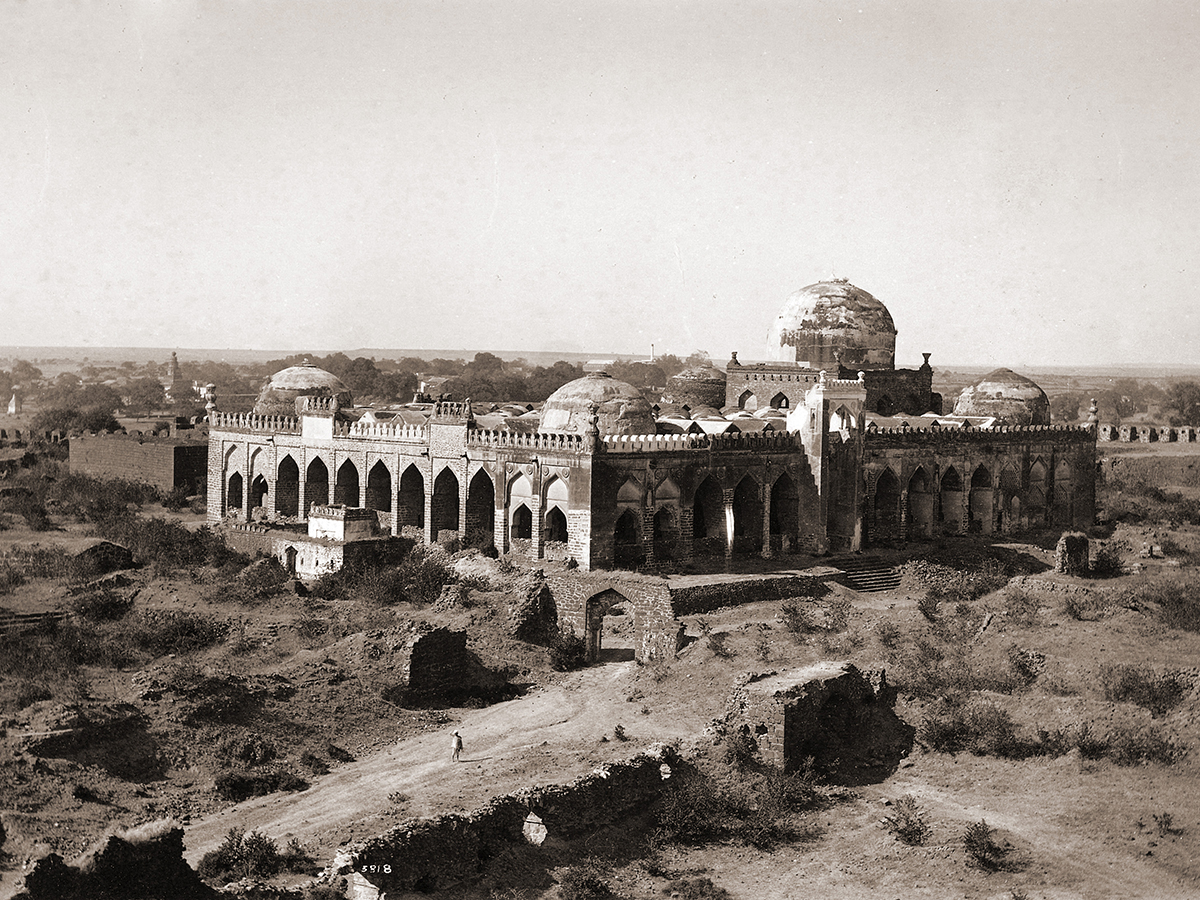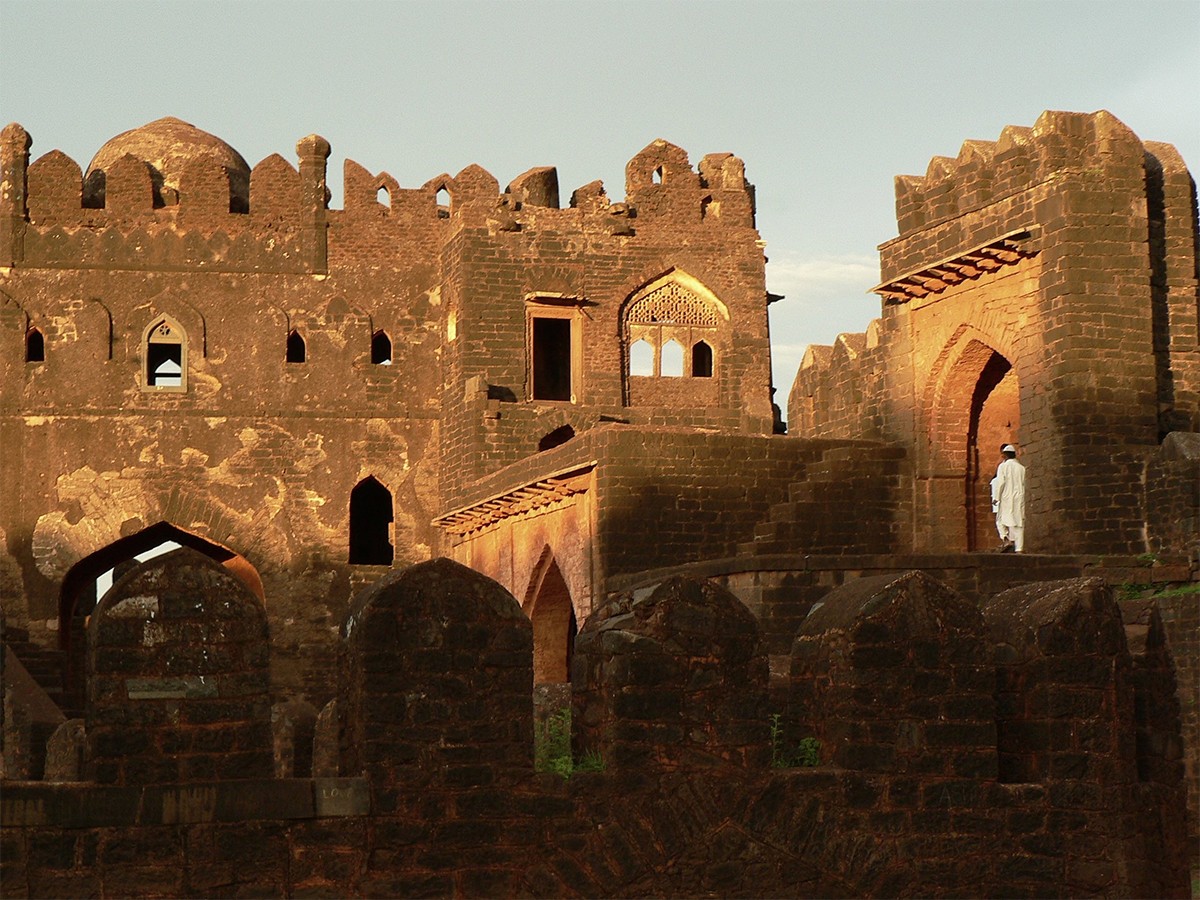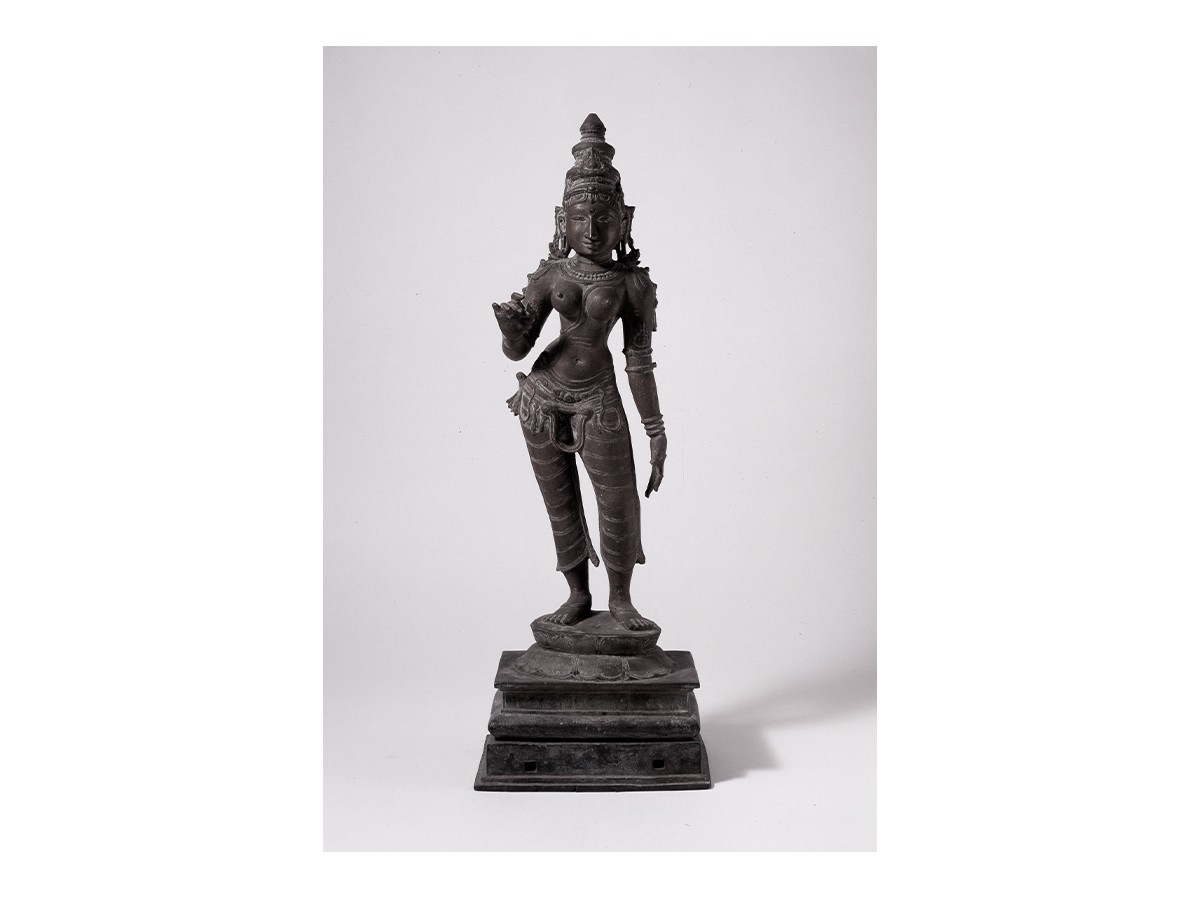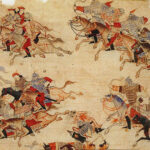New Transregional Empires in Southern India
1300–1400
The Delhi Sultanate’s raids lead to a rapid collapse of southern India’s regional imperial formations, but it is unable to enforce its control over the region. The ensuing political vacuum leads to the emergence of the Bahmani Sultanate in the northern Deccan and the Vijayanagara empire in the southern Deccan. These states build territorially on earlier polities like the Hoysala, Yadava and Kakatiya kingdoms, and encompass multiple linguistic territories in the Deccan, including those of Marathi, Telugu and Kannada. Vijayanagara, in particular, relies on Telugu peasant warriors as the backbone of its military; they are granted the title of Nayaka, in keeping with earlier South Indian states such as those of the Kakatiyas. Telugu Nayakas will establish themselves in Tamil Nadu in subsequent centuries.
The two transregional empires also display their openness to participation in the larger Persianate sphere of influence in Asia while adopting earlier modes of political legitimation. Bahmani and Vijayanagara rulers style themselves as sultans, with the Sangama dynasty of Vijayanagara using the title Hindu-raya-suratrana (roughly translated as ‘the protector of Hindu rulers’) early in their reign.
Bibliography
Doniger, Wendy. The Hindus: An Alternative History. 2nd ed. New Delhi: Speaking Tiger, 2015.
Eaton, Richard M. A Social History of the Deccan, 1300–1761 Eight Indian Lives.. New York: Cambridge University Press, 2005.
Feedback 
This entry appears in
Art in South Asia
Visit Timeline
Associated Timeline Events
First Published: March 11, 2024
Last Updated: August 5, 2024



